

The Importance of Early Detection and Alarm Systems in Firefighting Techniques
Oh boy, when it comes to firefighting techniques, early detection and alarm systems ain't something you wanna ignore. Seriously, they're like the unsung heroes that can make a world of difference between life and death. Now, I ain't sayin' that they solve everything on their own, but gosh darn it, they sure do help.
To read more see that. You see, fire spreads faster than you'd think. Without early detection, by the time anyone notices there's a fire, it's usually too late to contain it easily. That's where smoke detectors come into play. These little gadgets sniff out trouble before it's even visible! They alert people so they can get out safely and call for help ASAP. No one's got time to waste when flames are licking at your heels.
And let's not forget about those alarm systems. A loud screeching noise may be annoying as heck in the dead of night but trust me, it's way better than waking up surrounded by smoke. Alarms don't just wake up residents; they also notify emergency services right away if they're linked to a monitoring system.
But wait! There's more-these systems aren't just for homes and offices. They're crucial in industrial settings too! Imagine a warehouse full of highly flammable materials catching fire without any warning system? It'd be chaos! Early detection can trigger sprinklers or other suppression systems automatically before human intervention is even possible.
However-not everyone has these lifesaving devices installed properly or maintained regularly (which is kinda ridiculous if you ask me). Sometimes folks think it's enough to just install 'em once and forget about 'em forever. Big mistake there! Regular checks ensure that they work when needed because let's face it-what good is an alarm that doesn't go off during an actual emergency?
Some people might argue "Ah well, I've never had a fire; why bother?" But that's flawed thinking right there! Fires are unpredictable-it only takes one spark from faulty wiring or an unattended candle for disaster to strike.
So yeah-early detection and alarm systems ain't perfect but boy oh boy do they improve our chances during fires immensely! Ignoring their importance would be downright foolishness really!
In conclusion folks: Don't gamble with safety-get those alarms checked regularly and make sure you've got reliable smoke detectors installed everywhere possible! You won't regret taking those precautions because prevention always beats cure hands down every single time.
Firefighting is no easy task. When flames are raging, firefighters have to make quick decisions about the best methods to suppress the fire in front of them. Two common ways to do this are by using water or chemical agents. Each method has its own advantages and disadvantages, and sometimes it's not so clear which one is better.
Water has been used for centuries as a primary firefighting tool. It's abundant, relatively inexpensive, and can cool down hot surfaces quickly. Water works by lowering the temperature of the burning material below its ignition point and also by smothering the flames with steam when it evaporates. But water's not always perfect. For one thing, it doesn't work well on fires involving oil or electrical equipment – in fact, it can even make things worse! Also, using large amounts of water can cause significant property damage due to flooding.
On the other hand, chemical agents offer an alternative approach that can be particularly effective in certain situations. These substances work by interrupting the chemical reaction that allows fire to sustain itself. One common type of chemical agent is foam, which creates a barrier between oxygen and fuel; another example would be dry chemicals like monoammonium phosphate that melt onto flames and suffocate them.
There's some downsides to chemical agents too though. They're often more expensive than water and might leave residues that require cleanup after use – talk about extra work! Plus, you can't always find them as easily as you'd find water; they're usually stored specifically for firefighting purposes.
Another thing worth mentioning is environmental impact. Water's generally considered more eco-friendly since it's natural and doesn't introduce foreign compounds into ecosystems (well unless you're worried about contaminated runoff). Chemical agents could potentially harm plants or animals if they seep into soil or waterways – yikes!
So what's better? It really depends on what kind of fire you're dealing with. A house fire caused by faulty wiring? You might wanna think twice before dousing it with water due to electrocution risks – go for a chemical extinguisher instead! A forest blaze? Water could be your best bet given its cooling properties and wide availability.
In conclusion, both water and chemical agents have their places in modern firefighting techniques. There's no single right answer when choosing between them because each situation demands careful consideration of numerous factors including safety concerns, cost implications, effectiveness against specific types of fires et cetera... So next time you see those brave firefighters at work remember: they've got lotsa tools up their sleeves -and they know exactly which one'll get job done!
Fire extinguishers, if utilized appropriately, can boost the possibility of stopping a work environment fire early by over 80%.
Seat belts decrease the danger of death for front-seat owners in passenger automobiles by 45%, and by up to 60% in vans and SUVs.
Each year, foodborne illness affect about 1 in 10 people worldwide, highlighting the relevance of food safety methods.
Every buck purchased calamity readiness conserves about 7 bucks in calamity results recuperation, showing the financial advantage of emergency situation preparedness.
Community policing has always been a hot topic when it comes to enhancing public safety.. It's about building trust and cooperation between the police force and the communities they serve.
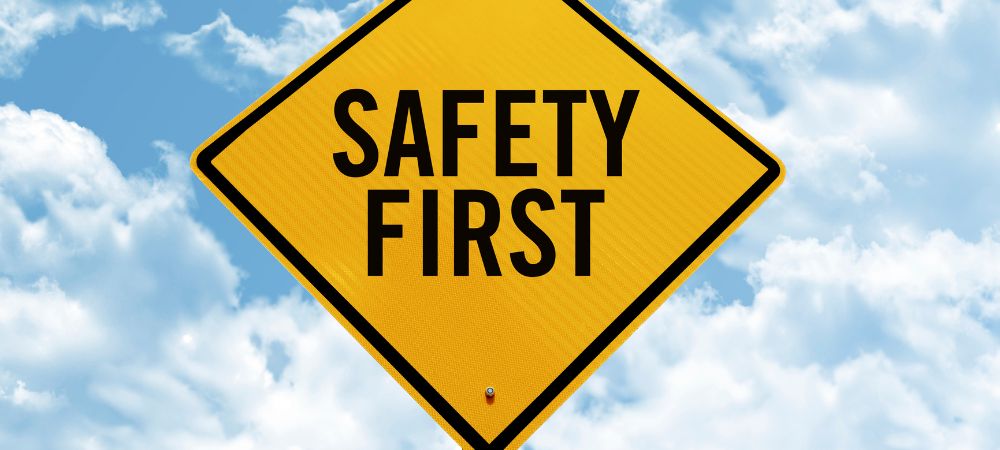
Posted by on 2024-07-06
Emergency response times are critical for public safety outcomes, and improving them can have a significant impact on the well-being of communities.. It's not an exaggeration to say that every second counts during emergencies.

Posted by on 2024-07-06
In today's digital age, promoting public awareness and education on cyber hygiene practices is more crucial than ever.. Cybersecurity measures play a vital role in ensuring public safety, yet many folks don't realize just how important they are until it's too late.

Posted by on 2024-07-06
In today’s fast-paced world, safeguarding your community isn't just a necessity; it’s an art.. Many communities have thrived by following some essential steps that might not be immediately apparent to everyone.
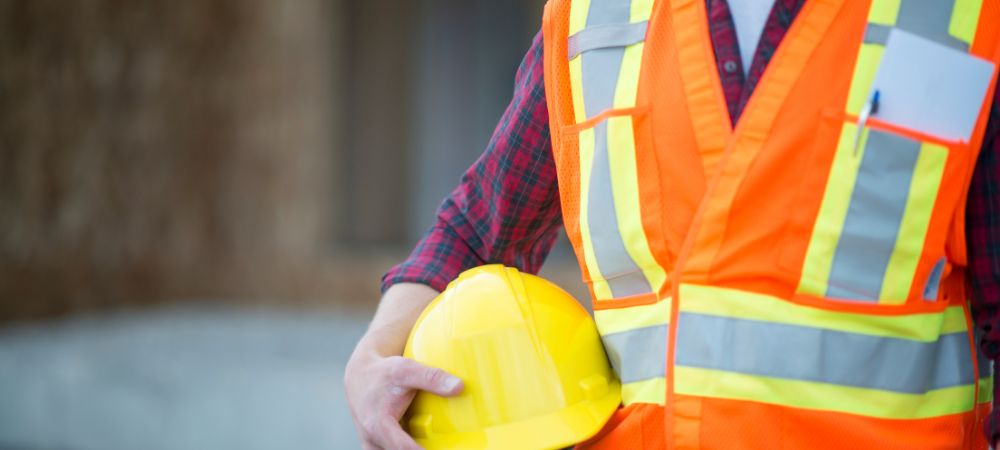
Posted by on 2024-07-06
When we talk about transforming public safety, particularly in our neighborhoods, one of the most effective strategies is fostering youth engagement programs.. It ain't just about keeping kids off the streets; it's about giving them positive outlets that can actually change their lives and reduce juvenile delinquency.
You see, young people need direction.

Posted by on 2024-07-06
In today's world, there's no denying that the impact of natural disasters can be catastrophic.. It's crucial to find ways to boost emergency preparedness and one such way is to utilize technology for early warning systems.
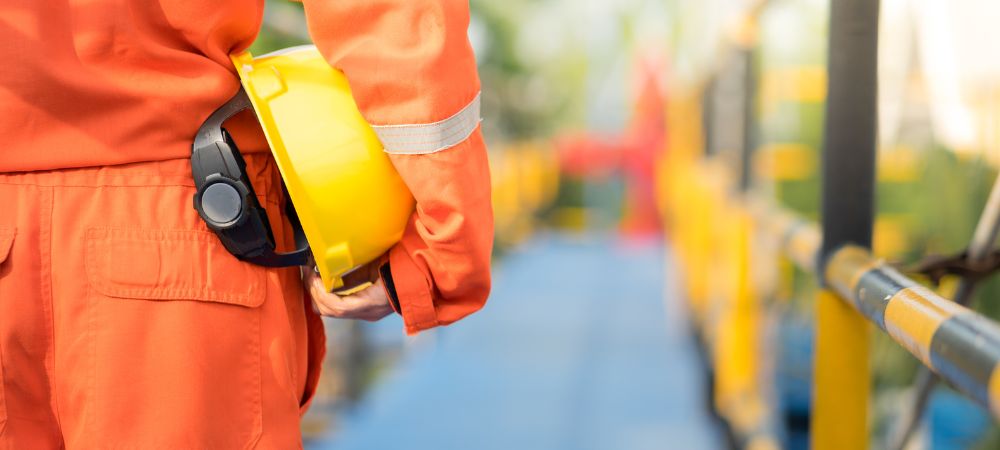
Posted by on 2024-07-06
Firefighting is a tough and demanding job that requires not only bravery but also a deep understanding of various techniques to effectively combat fires. Among these techniques, firebreaks and containment strategies play crucial roles in controlling wildfires and preventing them from causing widespread destruction.
So, what's a firebreak, you ask? Well, it's basically a gap in vegetation or other combustible material that's designed to stop or slow the progress of a wildfire. Firefighters create these breaks by clearing out trees, brush, and other flammable stuff in advance. The idea's simple: if there's no fuel for the fire to burn through, it can't keep spreading. It's like putting up an invisible wall that flames just can't cross!
Containment strategies are equally important in firefighting operations. These involve various tactics aimed at keeping the fire within certain boundaries until it's fully extinguished. One common method is constructing control lines-trenches or cleared areas where firefighters dig down to mineral soil so the fire has nothing left to consume. Another technique involves backburning, where smaller controlled fires are set intentionally ahead of the main blaze; they burn up potential fuel so when the larger wildfire reaches that point, there's nothing left for it to feed on.
Now, don't get me wrong-firebreaks and containment strategies aren't foolproof solutions. Weather conditions like strong winds can cause embers to jump across breaks or control lines making them less effective. And let's face it: Mother Nature doesn't always cooperate with human plans! But despite their limitations, these methods have proven time and again to be invaluable tools in fighting wildfires.
It's also worth mentioning how modern technology has made these techniques even more effective. Drones equipped with thermal imaging cameras can pinpoint hot spots that aren't visible from ground level allowing firefighters to target those areas more accurately. Similarly satellite imagery provides real-time data on fire progression helping teams adjust their strategies as needed.
However advanced our tools become though one thing remains unchanged-the courage and dedication of firefighters who put themselves at risk day after day protecting lives property and natural resources from devastating fires.
In conclusion while firebreaks and containment strategies may sound like straightforward concepts they require careful planning precision execution-and yes-a bit of luck too! They're critical components among many others in the larger arsenal of firefighting techniques proving once again that sometimes fighting nature requires working smart as well as hard
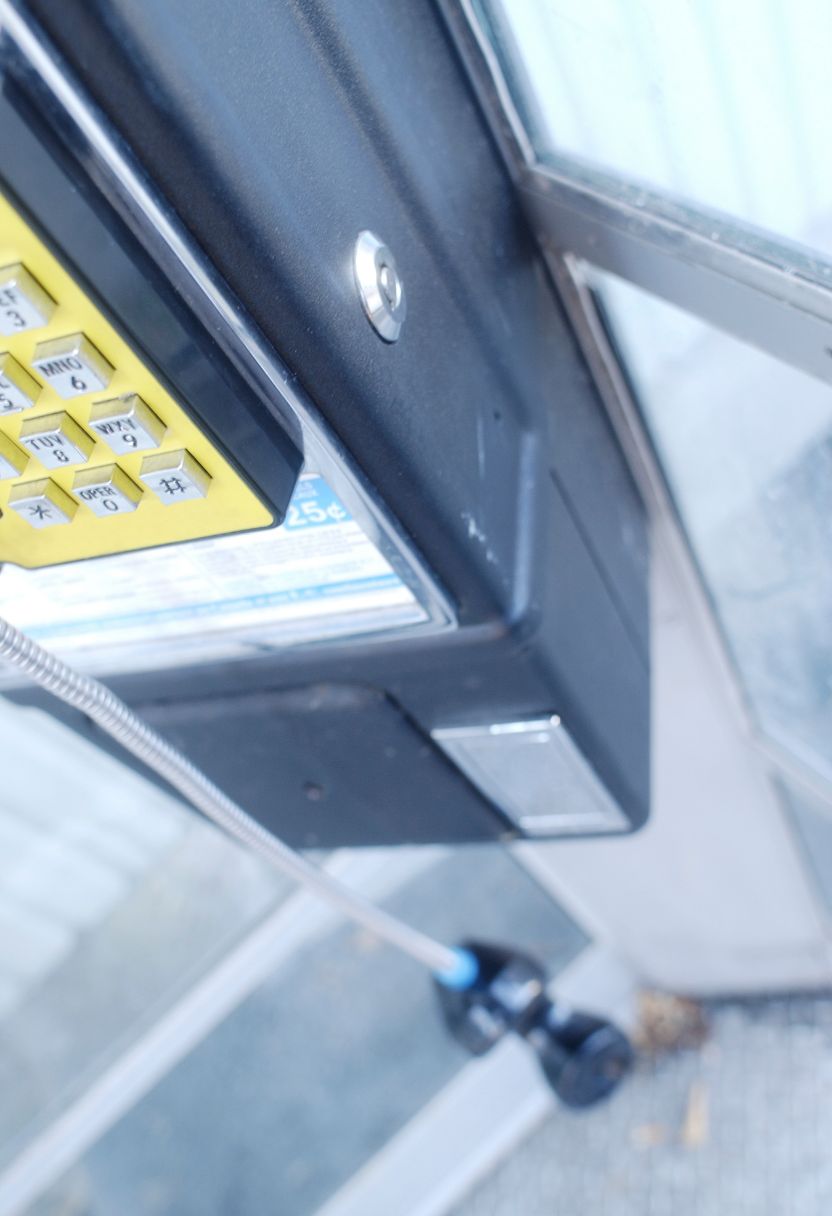
When we talk about evacuation procedures and public communication during fires, we're diving into one of the most crucial aspects of firefighting techniques. It's not just about putting out flames; it's also about ensuring that people are safe and well-informed throughout the entire ordeal. You'd think this would be simple, but oh boy, it ain't.
First off, let's chat a bit about evacuation procedures. These aren't just random plans thrown together at the last minute. No way! They need to be meticulously planned out way before any fire even starts. The goal is to get everyone out quickly and safely without causing panic or chaos-which isn't always easy. The best evacuation plans consider everything from exit routes to meeting points outside the building. But let's face it: not every plan goes off without a hitch.
One common hiccup in evacuation procedures is that people often don't take them seriously until they absolutely have to-like when there's actual smoke filling up the room! Many folks think, "Oh, it'll never happen here," which can lead them to ignore those all-important practice drills. And when an emergency does strike? Well, then you got yourself a big problem because they're not prepared.
Now, onto public communication during fires-it's equally important but perhaps even trickier to manage effectively. Clear and timely information can mean the difference between life and death in these situations. Firefighters need reliable ways to communicate with both their teams and the public simultaneously.
Public announcements should give precise instructions on what people should do next-whether that's evacuating immediately or staying put until help arrives. Misinformation can spread like wildfire (pun intended) if not properly managed, making matters worse than they already are. And let's be honest: nobody wants more confusion added to an already chaotic situation.
Social media has become a double-edged sword in this regard; while it's fantastic for spreading info quickly, it can also lead to rumors and false alarms if not correctly monitored. Authorities must work diligently to ensure that only accurate updates are disseminated through official channels.
It's worth noting that language barriers can complicate things further too! Not everyone speaks English fluently-or at all-and failing to account for this could exclude non-English speakers from receiving critical instructions during an emergency.
In conclusion (not that we're really concluding anything new here), effective evacuation procedures and solid public communication strategies are vital components of modern firefighting techniques-they can't afford to be left as afterthoughts or handled haphazardly. While there will always be challenges-people ignoring drills or misinformation spreading-we've got better tools now than ever before for tackling these issues head-on.
So yeah, next time you're tempted to roll your eyes at another fire drill or dismiss an emergency alert as “probably nothing,” remember: these measures might just save your life someday!
Training Programs for Professional and Volunteer Firefighters: Firefighting Techniques
When it comes to firefighting, we can't underestimate the importance of effective training programs. Both professional and volunteer firefighters need rigorous instruction in various firefighting techniques to ensure they're prepared for any situation. Yet, not just any training will do; it has to be comprehensive and practical.
Firstly, let's talk about the basics. Many think that fighting fires is all about spraying water on flames, but it's really not that simple. Proper fire suppression techniques involve understanding different types of fires-Class A, B, C etc.-and using the right extinguishing agents. Water might work on a wood fire but won't help with an electrical fire! So knowing this distinction is crucial.
Moreover, effective communication during emergencies can't be overlooked. In the chaos of a blaze, clear and concise directives save lives. This isn't something you can just learn from a textbook; it requires real-world practice scenarios where firefighters have to work together seamlessly.
Oh boy, don't get me started on search and rescue operations! The techniques employed here are vital for saving lives trapped in burning buildings or other dangerous situations. Firefighters must know how to navigate smoke-filled environments without panicking. They also need skills like forcible entry, which involves breaking through doors or walls safely without causing more harm than good.
Volunteer firefighters often face unique challenges compared to their professional counterparts-they usually have less time for formal training due to their regular jobs and other commitments. But this doesn't mean they get a free pass on mastering these critical techniques. On-the-job drills and community-based training sessions become even more essential for them.
Professional firefighters typically undergo extensive initial training followed by ongoing education throughout their careers. They attend academies where they receive hands-on experience under controlled conditions before ever facing real-life incidents. Continuous learning modules keep them updated with new firefighting technologies and methodologies too!
However, no matter how thorough these programs are, there's always room for improvement-no one's perfect after all! Incorporating feedback from experienced firefighters helps refine these trainings further making them more effective over time.
Lastly (but definitely not least), physical fitness plays an undeniable role in firefighting effectiveness yet is sometimes neglected in discussions about technique training programs-big mistake! Firefighting demands peak physical condition because lugging heavy equipment while battling intense heat takes its toll quickly if you're outta shape!
In conclusion folks: whether you're a seasoned pro or just starting as a volunteer firefighter-the right mix of technical knowledge practical skills teamwork under pressure continuous learning AND physical fitness makes all difference between success failure when facing down ferocious fires ensuring our communities stay safe secure despite whatever infernos may come their way!
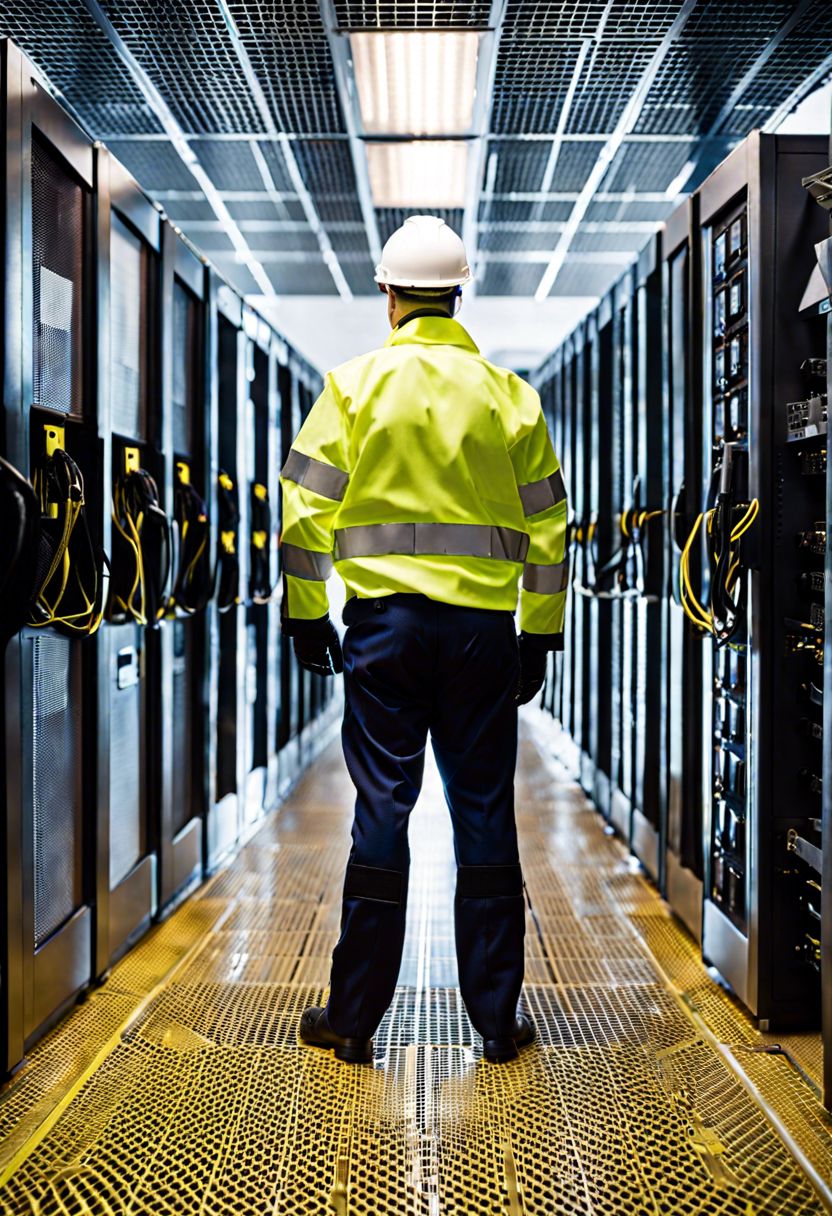
Firefighting has come a long way, hasn't it? Gone are the days when firefighters only had buckets of water to battle ferocious blazes. Technological advances in modern firefighting equipment have revolutionized the profession and made it safer for those brave individuals who risk their lives to save ours.
To start with, let's talk about drones. Yeah, drones ain't just for delivering packages or shooting cool videos anymore! In today's world, they play a critical role in firefighting operations. Equipped with thermal imaging cameras, drones can survey large areas quickly and locate hotspots that might not be visible to the naked eye. This allows firefighters to target specific areas more effectively and reduces time wasted on guesswork.
Another significant advancement is the use of smart helmets. These aren't your grandpa's hard hats! Modern helmets now come with integrated communication systems and heads-up displays (HUDs) that provide real-time information like temperature levels and structural integrity data. Imagine being able to see vital stats without having to look away from the task at hand – it's almost like something out of a sci-fi movie!
Speaking of communication, let's not forget about enhanced radio systems. Clear communication is essential during fire emergencies; however, traditional radios often faced issues like signal interference or limited range. Now, with digital radio systems and even satellite communications, teams can stay connected no matter how chaotic things get.
Oh boy, we can't leave out personal protective equipment (PPE). Today's gear is nothing short of incredible compared to what was available just decades ago. Fire-resistant materials are lighter yet stronger than ever before, allowing for greater mobility while offering superior protection against heat and flame exposure. Some suits even come with built-in cooling systems – talk about keeping your cool under pressure!
And then there's AI technology – yes artificial intelligence has entered the fray too! Predictive algorithms can analyze vast amounts of data from previous fires to anticipate how new ones may behave under similar conditions. This isn't just theoretical mumbo-jumbo; these insights help develop strategies that can potentially save both lives and property.
It's also worth mentioning advancements in firefighting vehicles themselves. Modern fire trucks now boast features like high-tech water cannons capable of piercing through walls or reaching higher floors in buildings effortlessly. Some vehicles even have robotic arms designed for rescue missions where human entry would be too dangerous.
But hey – all this tech doesn't mean we've eliminated all risks entirely... far from it! Fires remain unpredictable beasts that'll always require human courage & intuition alongside any gadgetry we throw at them.
In conclusion (without sounding too formal), technological advances in modern firefighting equipment have undeniably transformed how fires are fought today - making our heroes' jobs somewhat easier & definitely safer but certainly not foolproof by any stretch! Here's hoping innovation continues so they keep getting better tools while doing what they do best: saving lives one blaze at a time!